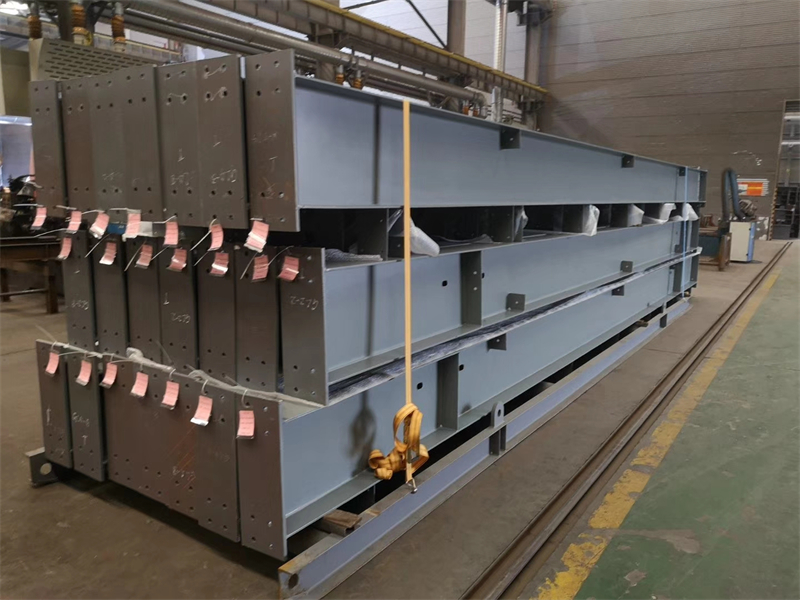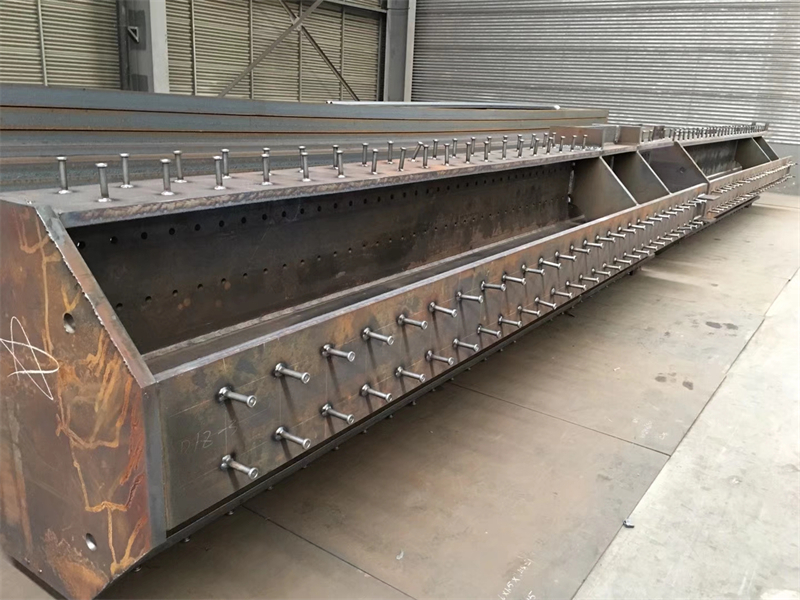structural style
1. Purline: In lightweight steel structures, most use a purlin system, so purlins are important components. There are mainly the following types: thin-walled steel purlins with solid belly, hollow purlins composed of angle steel and panel splicing, and truss purlins.
2. Trusses: Trusses are the main load-bearing components in roof structures. Trusses come in various forms such as triangles, trapezoids, shuttle shapes, and three hinged hooks, and can be made of thin-walled angle steel, round tubes, square tubes, etc.
3. Steel frame: Steel frames come in single-layer and multi-layer types, with solid belly and lattice members. Multi story steel frames can effectively utilize building space, reduce the height of buildings, have a simple and beautiful shape, neat component specifications, easy installation on construction sites, and fast construction speed. They are currently the main structural form of lightweight structures and are mostly made of H-shaped steel.
4. Grid structure: Grid structure has spatial function and has the characteristics of good integrity and high stiffness compared to the planar structure of beams, slabs, and trusses. It can effectively withstand dynamic loads such as earthquakes.
There are usually two types of classified lightweight steel structures: one is a skeleton structure composed of thin-walled steel sections cold-rolled from thin steel plates (with a thickness of less than 6 millimeters); One method is to use smaller cross-sectional steel (such as angle steel, steel bars, flat steel, etc.) to make trusses and then form a skeleton structure; There is also a skeleton structure composed of a mixture of two methods. The widespread use of thin-walled steel in the skeleton structures of automobiles, airplanes, and ships has promoted the development of lightweight steel structures in industrialized construction systems. After World War II, the school building systems of CLASP and SEAC lightweight steel structures appeared in Britain, while the residential and office building systems of GEAJ and other lightweight steel structures appeared in France. Lightweight steel structure buildings are lightweight and easy to industrialize, with fast and convenient construction and assembly. They are particularly suitable for buildings that require rapid construction and movement, and are commonly used in schools, residences, offices, hotels, hospitals, factories, and warehouses. But it is necessary to carry out rust prevention treatment and strengthen maintenance to improve durability.

